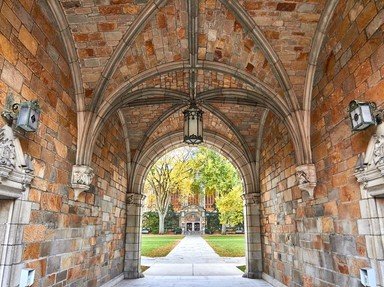Quiz Answer Key and Fun Facts
1. Before the Europeans came to the area now called Michigan, there were three main Native American tribes living in the region, the Objibwe, the Ottawa, and the Potawatomi. These peoples were from which large Native American language grouping?
2. Who were the first Europeans to explore the area now known as Michigan?
3. What was the first permanent European settlement in what is now Michigan?
4. Where was the first known European settlement in the Lower Peninsula of Michigan?
5. Fort Ponchartrain was founded in 1701 by the French, between Lake St. Clair and Lake Erie. What city now stands on this site?
6. Michigan was one of the main theaters of the War of 1812. Which battle, that was fought in the state, had the highest number of American casualties in any single battle of the war?
7. Organized as the Michigan Territory in 1818, when was Michigan admitted as a state of the Union?
8. From the 1850s until the 1880s, Michigan led the nation in the production of which commodity?
9. The automobile industry was well established in Michigan, especially Detroit, by 1915. What was the main industry in Detroit prior to the rise of automobile manufacturing?
10. During the era of Prohibition, 1920-1933, one of the most prominent gangs of bootleggers operated in Detroit. What was the gang known as?
11. Built between 1927 and 1929, this bridge connected Detroit to Windsor, in Ontario, Canada. What is its name?
12. During World War II, Michigan automakers and other manufacturers switched to producing war materials. A 1943 incident in Detroit, however, cast a shadow over the achievements of the state's workers. What kind of disturbance was it?
13. With the growth of the automobile industry after World War II, the industrial cities in Michigan grew as people moved in for the greater opportunities. The population of Detroit reached over 1.8 million people by the early 1950s. What population rank in the U.S. did Detroit reach during this period?
14. With shorelines on four of the five Great Lakes, as well as hundreds of inland lakes and rivers, fishing and pleasure boating, plus other aquatic activities, are popular in Michigan. At any point in the state, you are no more than how many miles from a body of water?
15. Michigan, being located on the northern border of the USA, was a good site for bases, as well as anti-aircraft missile sites, for the Air Force's Strategic Air Command. During the Cold War (1948-1991), how many SAC bases were operational in the state?
Source: Author
Reamar42
This quiz was reviewed by FunTrivia editor
gtho4 before going online.
Any errors found in FunTrivia content are routinely corrected through our feedback system.
